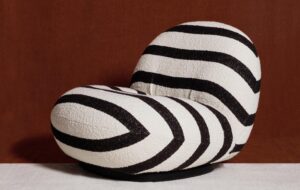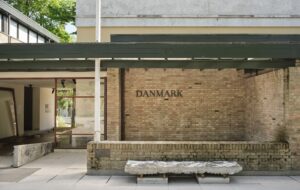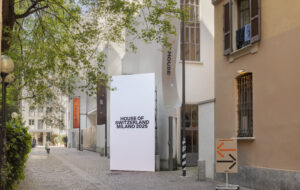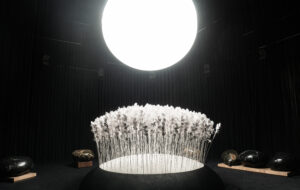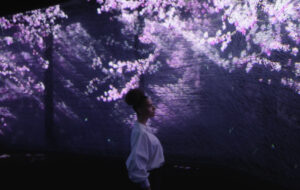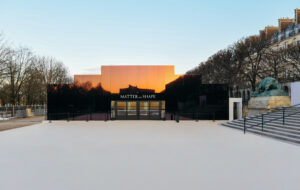|
|
||
|
In our unthinking imagining of life under socialism, the picture that comes to mind is a certain grim drabness of appearance, a certain uniformity, and a dour attitude to frivolity and style. Capitalist fashion, on the other hand, is filled with colour, choice, and individual acts of expression. While neither of these stereotypes is true exactly, there is a sense in which Djurdja Bartlett’s thesis in Fashion East, namely that fashion “haunted” socialism, is a rich one, allowing the author to tap away at the “contradictions of fashion under socialism”. To this end, Fashion East is a beautifully presented and seriously researched attempt to uncover how fashion worked, or didn’t work, in the 72 years of the Soviet Union and the 42 years of the Eastern Bloc. Fashion by definition is a fast-moving, whimsical beast, challenging designers, producers and followers to keep up or perish through inaction. No wonder, then, that early Soviet designers desired a total break with this unstable model. But how else to dress? Constructivists “embraced geometric abstraction as their visual language”, argues Bartlett, attempting to reflect the radical ideas of the revolution and create images of modern men and women that would break with capitalism’s frenetic and unsustainable consumerism. Bartlett identifies three main socialist sartorial narratives: utopian dress, socialist fashion, everyday fashion. The constructivists’ attempt to create a new type of clothing that would transcend fashion falls into the first category, while socialist fashion represented the outward face of the sartorial battle with the West, what we could call the Cold War of clothing (Bartlett is particularly good on the role of fashion fairs in the attempt by socialist countries to prove the superiority of their aesthetics and production methods, while the USA at the same time was deliberately showing mass-produced everyday wear to highlight the lesser production capacity of the Soviet Union). East German party leader Walter Ulbricht’s rueful statement, “We just cannot keep up with running behind,” comes to stand in for the “main problem” of socialist fashion once it breaks with its utopian desires and confronts its inevitable relation to the West (or at least mythical images of Western abundance and consumer choice). It just couldn’t keep up. Ultimately it was everyday fashion that was most open to “individual acts of appropriation”, and from the late 1950s on, “the leaderships made a series of deals with the middle classes, promising to deliver more consumer goods in exchange for political loyalty”. The tensions between craft and mass production, between the desire for individual expression and the limitations of mass production, are well understood and explained in Fashion East, although there is a curious absence of a discussion of male dress, which would surely have complemented Bartlett’s discussion of the contradictory forms of socialist fashion in the 20th century, particularly as she begins by mentioning Le Corbusier’s rather beautiful vision of Lenin: “Detecting a new geometrical order in the clean lines of Lenin’s bowler hat, his smooth white collar, his white porcelain coffee cup, his simple glass inkpot, and the sheets of typing paper on which he wrote for hours in the Café Rotonda in Paris.” But this is a small criticism, given the work Bartlett has done here in bringing to light the narratives and images of a small but important part of the history of socialism. When Stepanova says in 1923 that “the clothing of today must be seen in action”, we could say too that the history of clothing must also be seen “in action”, and, as Bartlett reminds us, not merely as a frivolous sideline to main political events, but as an important reflection of them. Fashion East: The Spectre That Haunted Socialism by Djurdja Barlett. MIT Press. £25.95
|
Image Fashion East
Words Nina Power |
|
|
||


